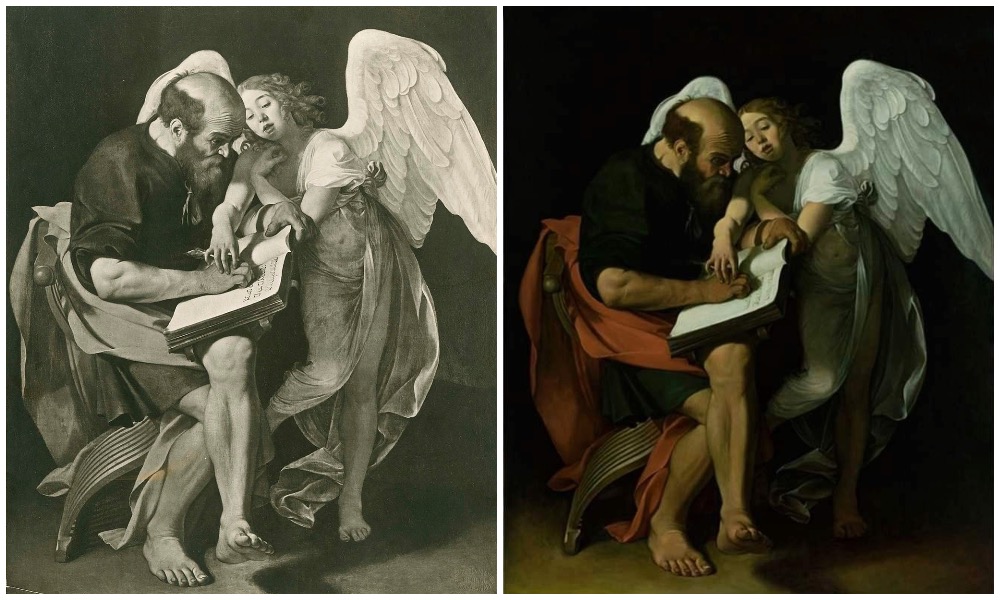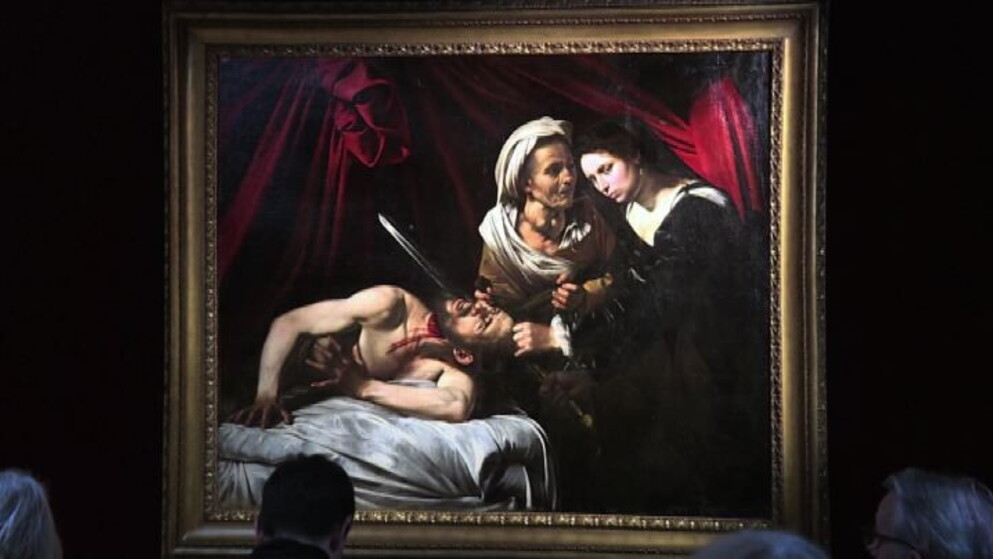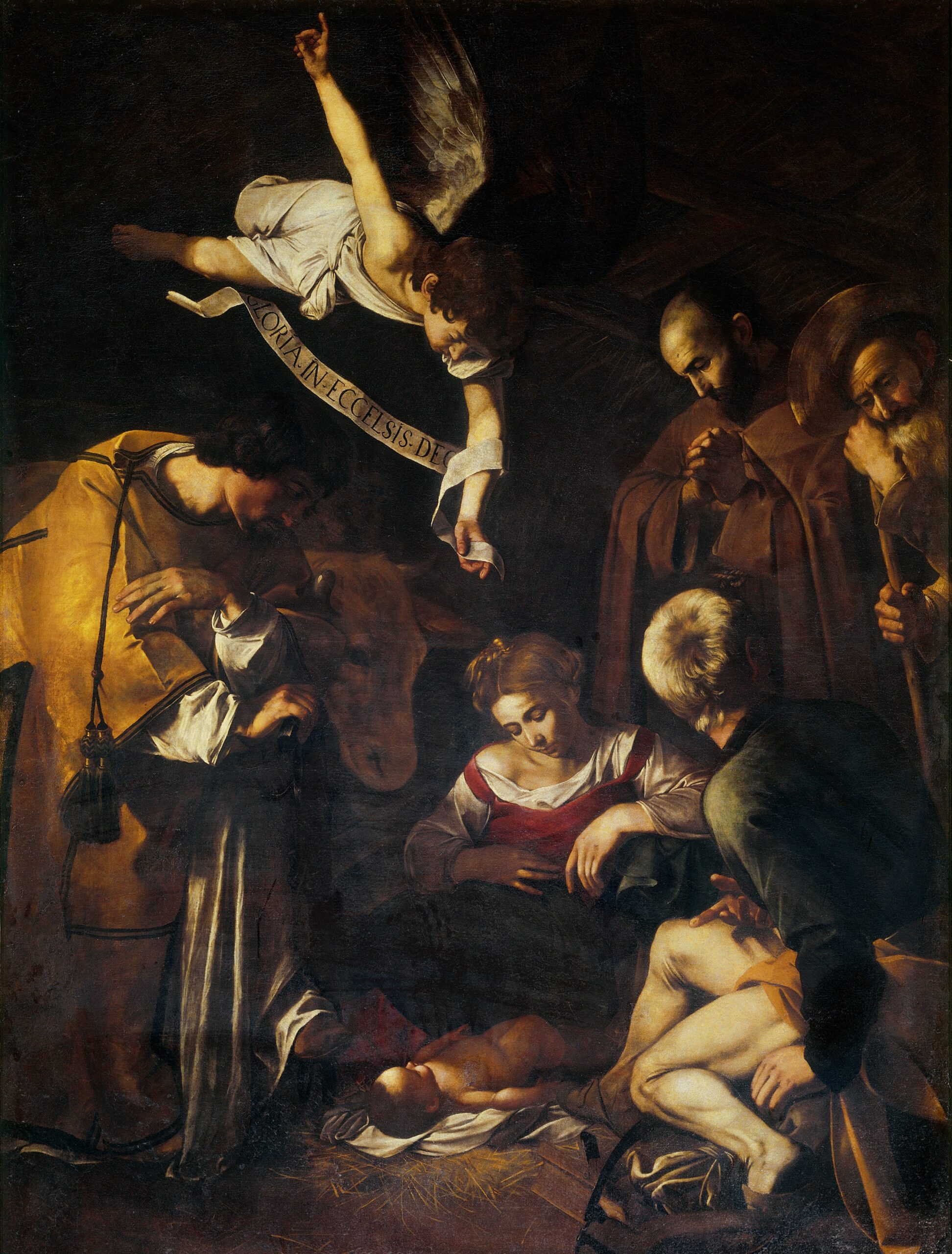
Michelangelo Merisi da Caravaggio, one of the most revolutionary and influential artists of his time, left behind an artistic legacy that continues to amaze and inspire. However, not all of Caravaggio’s paintings have survived to the present day.
Caravaggio’s life was certainly troubled, but some of his works have also experienced complicated events. In fact, some of his masterpieces have been lost due to historical events, theft, or have simply been misplaced due to the vicissitudes of time.
Here are what are the lost paintings of Michelangelo Merisi.
The lost paintings of Caravaggio

Caravaggio, Giuditta e Oloferne ritrovato
Despite the disappearance of some of his works, ongoing research and study of Caravaggio’s paintings have led to the rediscovery of works that were thought lost forever or had been attributed to other artists.
THE FINDING OF JUDITH AND HOLOFERNES
“Judith and Holofernes,” a work by Caravaggio long thought to be lost, was rediscovered in a private collection in France in 2014, raising debates about its authenticity and condition.
The painting was found in the attic of a house in Toulouse and depicts Judith Beheading Holofernes, a subject that Caravaggio tackled in two paintings: one is Caravaggio’s Judith Beheading Holofernes preserved at the National Gallery of Ancient Art in Palazzo Barberini, the other painted in Naples and disappeared in the 17th century.
Scholars have determined that this is the painting made in Naples and believed to be lost, which remained for nearly a century and a half in the attic of an old house but is perfectly preserved.
Although not all of the works found can be attributed with certainty to Caravaggio, a discovery like this adds important pieces to the puzzle of his artistic output.

Caravaggio, Natività con i Santi Lorenzo e Francesco d’Assisi
THE LOST AND NEVER FOUND WORK OF CARAVAGGIO
Among the works of Michelangelo Merisi lost and never found we must remember the “Nativity with Saints Lawrence and Francis of Assisi,” stolen in 1969 from the Oratory Chapel of San Lorenzo in Palermo. One of the most painful losses for the art world.
The work was stolen with ease from the place where it had stood for more than three centuries, on the night of October 17-18, 1969. It appears to have been some hooded men who stole it, but subsequent searches did not lead to any credible leads; rather, the investigation was spotty and perhaps even hampered by the Mafia.
Often the work’s name has appeared in some statement brought to justice by mafia turncoats. Some claim that the painting is still perfectly preserved, others claim that it was hidden in a barn and destroyed by rats; there has also been no shortage of statements wanting to lead us to believe that the work has been damaged, burned, and irretrievably lost. Finally, there were reports that in the aftermath of the theft an attempt was made to negotiate in order to obtain the painting in exchange for a cash ransom, but the negotiation was evidently unsuccessful.
After more than fifty years, the Caravaggio painting stolen in Palermo is still nowhere to be found.
SAINT MATTHIAS AND THE ANGEL BY CARAVAGGIO
There is a painting by Caravaggio that is lost forever. It is the St. Matthew and the Angel that Caravaggio made for the Contarelli Chapel in San Luigi dei Francesi in Rome. The same place where the stunning Vocation of St. Matthew is also located.
Caravaggio actually painted two versions of the same painting: the second version is the one we can still admire in the chapel today; the first version was bought by Marquis Vincenzo Giustiniani for his collection and then purchased by the Prussian state in 1815.
Unfortunate is the painting’s subsequent fate as it became part of the Kaiser Friedrich Museum in Berlin, which, however, was involved in a devastating fire in 1945 that resulted in the destruction of Caravaggio’s painting and many other works of art.
To understand what the work looked like we have a black-and-white photo and a reconstruction made by the Finnish painter Antero Kahila in 2008, but this does not give us any certainty about the original colors, although in 2017 a small copy was located at the church of Saint Martin in Puillac (Bordeaux). We can only note the compositional differences between the first version and the one that was selected for the Contarelli chapel.
In the first and lost version St. Matthew is seated on a chair covered with a large cloth and is intent on writing his Gospel. His forehead is furrowed and his eyes stare at the paper on which he is writing. The Angel is very young and beautiful, like the one that can be seen in the Rest during the Flight into Egypt.
COPIES OF CARAVAGGIO’S PAINTINGS
As for copies, numerous artists over the centuries have been fascinated by Caravaggio’s emotional intensity and innovative technique, making copies and studies of his works. This is especially true of the “Nativity with Saints Lawrence and Francis of Assisi.” Several copies of this painting were made shortly after his death, testifying to the profound impact the work had on the artistic and religious community.
These copies, although they cannot replace the original, offer a glimpse into the composition and details of the work, allowing scholars to continue to study and appreciate Caravaggio’s genius.
The loss of Caravaggio’s artwork is undoubtedly a void in the world’s cultural heritage, but the presence of copies and the possibility of rediscoveries fuel hope that other paintings may emerge from the shadows.
These stories of loss and rediscovery not only highlight the importance of protecting art, but also underscore Caravaggio’s lasting influence on art history, inspiring generations of artists and admirers to seek and preserve beauty, even in the most unexpected places.

